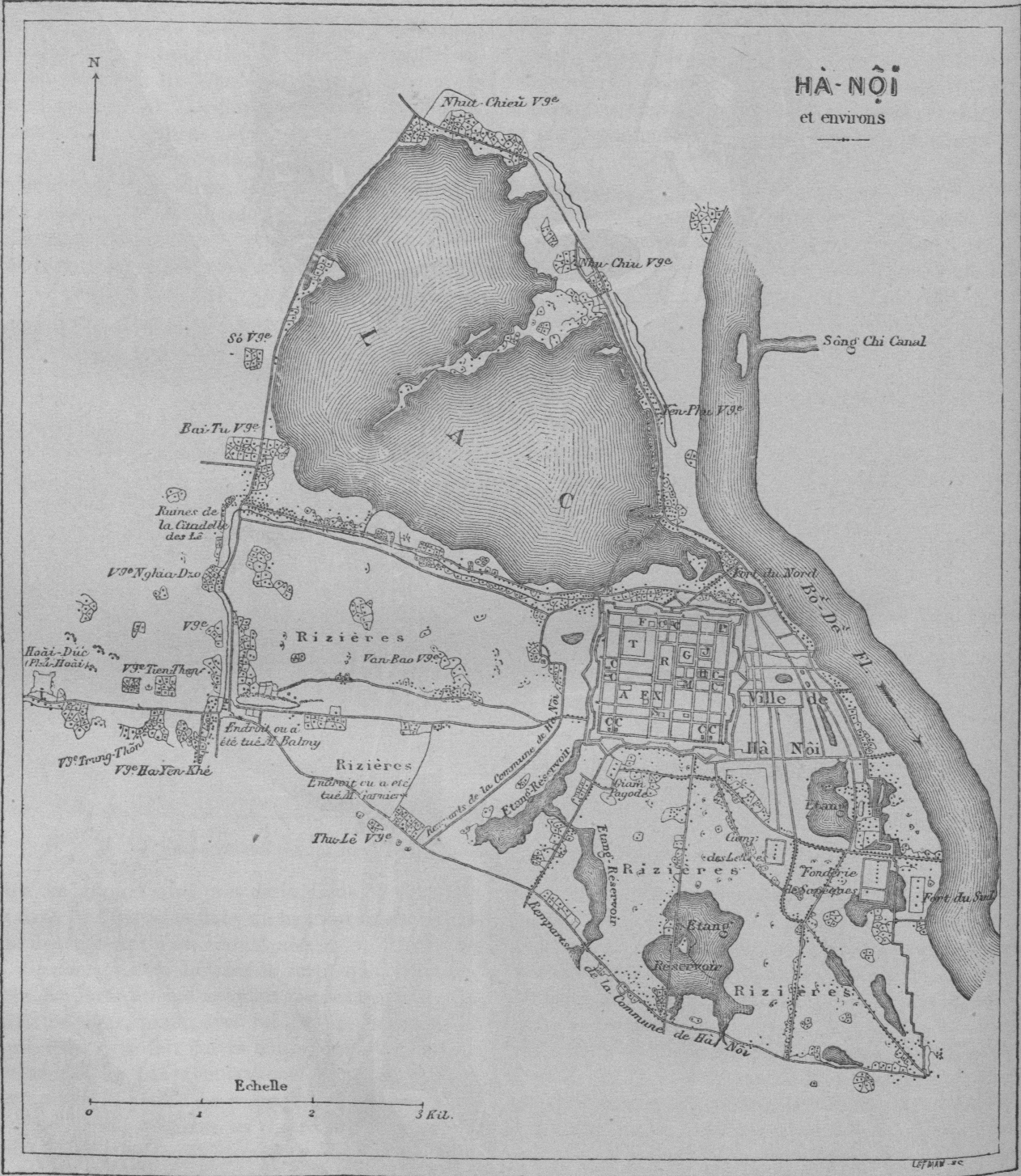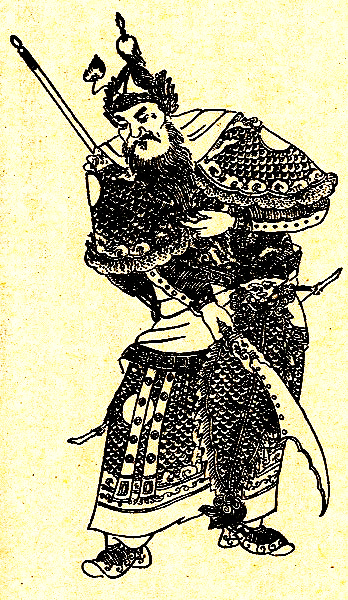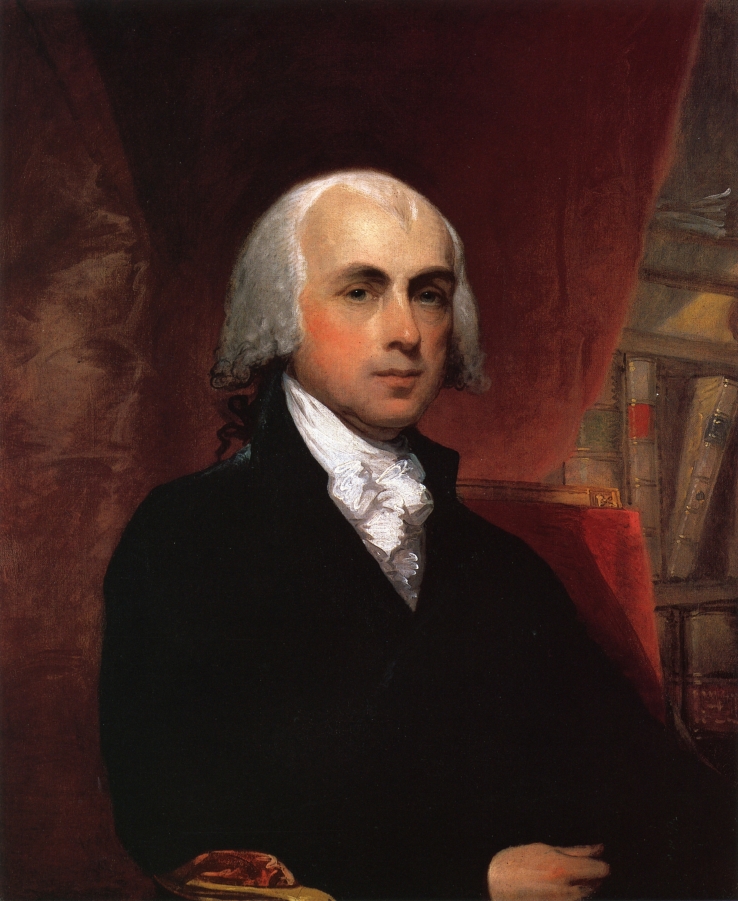|
Nguyễn Danh Phương
Nguyễn Danh Phương ( vi-hantu, 阮名芳, ?–1751) was a Vietnamese rebel leader who was active in the 18th century. He was born in Yên Lạc, Sơn Tây (a part of modern Vĩnh Yên, Vĩnh Phúc Province). He rebelled against Trịnh lord in 1740, and occupied Tam Đảo Mountain. Local people called him Quận Hẻo. Later, he occupied Ngọc Bội Mountain, titled himself ''Thuận Thiên Khải Vận Đại Nhân'' (順天啓運大人), and started to collect taxes in Tuyên Quang. He was defeated and captured by Trịnh Doanh in 1751. In the same year, he was executed in Thang Long together with Nguyễn Hữu Cầu.''Việt Nam sử lược'', Quyển 2, Chương 5 See also *Nguyễn Hữu Cầu *Hoàng Công Chất *Lê Duy Mật References *''Khâm định Việt sử Thông giám cương mục'' *Việt Nam sử lược ( vi-hantu, 越南史略, , lit. "Outline History of Vietnam"), was the first history text published in the Vietnamese language and t ... [...More Info...] [...Related Items...] OR: [Wikipedia] [Google] [Baidu] |
Vĩnh Yên
Vĩnh Yên () is the city capital of Vĩnh Phúc Province, in the Red River Delta region of northern Vietnam Vietnam, officially the Socialist Republic of Vietnam (SRV), is a country at the eastern edge of mainland Southeast Asia, with an area of about and a population of over 100 million, making it the world's List of countries and depende .... As of census 2019, the population is 119,128 people, the area is 50.78 km2.General Statistics Office of Vietnam (web) This city hosted 2012 Asian Men's Cup Volleyball Championship. Climate References Populated places in Vĩnh Phúc province Provincial capitals in Vietnam Districts of Vĩnh Phúc province Cities in Vietnam {{VinhPhuc-geo-stub ... [...More Info...] [...Related Items...] OR: [Wikipedia] [Google] [Baidu] |
Vĩnh Phúc Province
Vĩnh Phúc was a former province in the Red River Delta of northern Vietnam. Administrative divisions Vĩnh Phúc is subdivided into 8 district-level sub-divisions: * 7 districts: ** Sông Lô ** Bình Xuyên ** Lập Thạch ** Tam Đảo ** Tam Dương ** Vĩnh Tường ** Yên Lạc * 2 provincial city: ** Vĩnh Yên (capital) ** Phúc Yên They are further subdivided into 12 commune-level towns (or townlets), 112 communes, and 13 wards. Specialty Tay Dinh banh gio, also known as sun cake, is a famous Vinh Phuc specialty for a long time. This is an indispensable dish in traditional Tet holidays and some other holidays of the people of Tay Dinh - Vinh Phuc like banh chung. With long-standing accumulated experience, accompanied by the creativity of Tay Dinh villagers, they have created a specialty with bold flavors and unique features of Tay Dinh banh gio. The cake has a beautiful golden brown color. When eating, we can feel the aroma of rice and the chewiness of ... [...More Info...] [...Related Items...] OR: [Wikipedia] [Google] [Baidu] |
Trịnh Lord
Trịnh is a Vietnamese family name. It exists in equivalent forms in other languages of the Sinosphere such as ( 鄭, Zheng, Cheng) in Chinese and Korean (Jeong, Chung). Families that bear the surname Trịnh are exclusively Vietnamese. The surname further proliferated following the reign of the Trịnh lords in Tonkin. Notable people *Trịnh lords, A noble feudal clan that wielded de facto power in Northern Vietnam between the 16th-18th centuries. Opposed the Nguyễn lords of Southern Vietnam through a series of civil wars. *Trịnh Công Sơn, Vietnamese musician * Eugene Huu Chau Trinh, the first Vietnamese-American astronaut *Trịnh Như Khuê, First Cardinal of the Catholic Church of Vietnam, Archbishop of Archdiocese of Hanoi *Trịnh Văn Căn, Second Cardinal of Catholic Church of Vietnam, Archbishop of Archdiocese of Hanoi *Trinh Xuan Thuan, Big Bang theorist/scientist *Trinh T. Minh-ha, Filmmaker *François Trinh-Duc, French rugby union player of Vietnamese descent ... [...More Info...] [...Related Items...] OR: [Wikipedia] [Google] [Baidu] |
Tuyên Quang
Tuyên Quang () is a city in Vietnam, and is the capital of Tuyên Quang Province. History The French post at Tuyên Quang was defended for four months against 12,000 troops of the Yunnan Army and the Black Flag Army by two companies of the French Foreign Legion during the Sino-French War (August 1884 to April 1885).Spencer Tucker ''Vietnam'' 1999 - Page 34 "Militarily Tuyên Quang was of dubious importance, but politically it could be immense and the Chinese regulars and Black Flags who invested that place in December 1884 probably saw it as an opportunity to inflict a great psychological defeat ..." The Siege of Tuyên Quang is still remembered as one of the Legion's most celebrated feats of arms, and is commemorated in the first verse of " Le Boudin", its principal marching song. During the French protectorate, Tuyên Quang served as a garrison. During the Democratic Republic of Vietnam, the Viet Minh made the Legionnaires surrender at the memorial to the Battle of Tuy ... [...More Info...] [...Related Items...] OR: [Wikipedia] [Google] [Baidu] |
Trịnh Doanh
Trịnh Doanh (4 December 1720 – 15 February 1767) ruled northern Vietnam (Tonkin) from 1740 to 1767 (he ruled with the title ''Minh Đô Vương''). Trịnh Doanh was the third son of Trịnh Cương, and belonged to the line of Trịnh lords who ruled northern Vietnam. His rule was spent putting down rebellions against Trịnh rule. Trịnh Doanh took over from his brother, Trịnh Giang, who, through financial mismanagement and bad behavior, provoked a wave of revolts against his rule. This was a time of increasing peasant revolts in both the north and the south under the Nguyễn lords. In the north, some of the revolts were apparently led by members of the royal Lê family. The rebellions which broke out in Tonkin during this period, were almost without number. Princes belonging to the royal family, generals, civil mandarins, common people, and out-casts from the hills, all rose in the provinces against the tyranny of the Trịnh, as well as for their personal interestsChap ... [...More Info...] [...Related Items...] OR: [Wikipedia] [Google] [Baidu] |
Imperial Citadel Of Thăng Long
The Imperial Citadel of Thăng Long (; chữ Hán: ) is a complex of historic buildings associated with the history of Vietnam located in the centre of Hanoi, Vietnam. Its construction began in 1010 and was completed in early 1011 under the reign of Emperor Lý Thái Tổ of the Lý dynasty. Most of the existing structure is dated to the extensive reconstruction of the old Imperial Citadel ordered by Gia Long in 1805, but the Citadel (except for the North Gate and the Flag Tower) was largely demolished by the French to allow more land for offices and barracks. History Pre-Thăng Long period During the early and middle Tang dynasty, modern Vietnam was administered as the Annan (Tang protectorate), Annan protectorate (Vietnamese language, Vietnamese: ''An Nam đô hộ phủ)'', with the seat of power located in Tong Binh (the area of modern Hanoi). In 866, after recapturing the protectorate from Nanzhao forces, Tang dynasty general Gao Pian re-established the protectorate as ... [...More Info...] [...Related Items...] OR: [Wikipedia] [Google] [Baidu] |
Nguyễn Hữu Cầu
Nguyễn Hữu Cầu ( vi-hantu, 阮有求, 1712–1751) was the leader of a rebellion of Tonkin peasantry in the 18th century. Biography Nguyễn Hữu Cầu was born in a poor family in Lôi Động (Tân An, Thanh Hà, Hải Dương, Việt Nam now). He was very good at martial art and swimming. Because of being poor, he was a robber. After that, he followed a revolution led by Nguyễn Cừ and became a talented general. He was called Quận He. The revolution came from Đồ Sơn (Hải Phòng), moved to Kinh Bac, Đông Kinh then Son Nam, Thanh Hoa, Nghe An. When Nguyễn Cừ, the leader of the revolution, was arrested, Nguyễn Hữu Cầu led the army to Đồ Sơn and Vân Đồn. He was captured by Phạm Đình Trọng, and executed in Thang Long in March 1751. See also * Hoàng Công Chất * Nguyễn Danh Phương * Lê Duy Mật References *《 大越史記全書續編·卷之四》 *''Giai thoại văn học Việt Nam'' - Hoàng Ngọc Phách, Kiều T ... [...More Info...] [...Related Items...] OR: [Wikipedia] [Google] [Baidu] |
Việt Nam Sử Lược
( vi-hantu, 越南史略, , lit. "Outline History of Vietnam"), was the first history text published in the Vietnamese language and the Vietnamese alphabet. It was compiled by Vietnamese historian Trần Trọng Kim. It covered the period from Hồng Bàng dynasty to the time of French Indochina. The book was first published in 1920 and reprinted many times. It was the standard history text in South Vietnam.Pelly, p 307. Hồ Quý Ly has been condemned by modern historians. The leaders of the Tây Sơn Rebellion were heroes to the Communists, but condemned by mainstream historians.Pelly, p. 37. Background In 1883, Vietnam became a French protectorate, with Vietnamese emperors as mere puppet rulers of the French with little power. The country faced an uncertain future. Trần Trọng Kim believed that if the Vietnamese people knew their own history, they would be patriotic and contribute to national growth. However, all historical texts were written in classical Chinese. T ... [...More Info...] [...Related Items...] OR: [Wikipedia] [Google] [Baidu] |
Hoàng Công Chất
Huang (; zh, t=黃, s=黄, c=, p=, first=t) is a Chinese surname. While ''Huáng'' is the pinyin romanization of the word, it may also be romanized as Hwang, Wong, Waan, Wan, Waon, Hwong, Vong, Hung, Hong, Bong, Eng, Ng, Uy, Wee, Oi, Oei, Oey, Ooi, Ong, or Ung due to pronunciations of the word in different dialects and languages. It is the 96th name on the ''Hundred Family Surnames'' poem.K. S. Tom. 989(1989). Echoes from Old China: Life, Legends and Lore of the Middle Kingdom. University of Hawaii Press. . This surname is known as Hwang in Korean. In Vietnamese, the name is known as Hoàng or Huỳnh. Huang is the 7th most common surname in China. Hoang/Huynh is the 5th most common surname in Vietnam. The population of Huangs in China and Taiwan was estimated at more than 35 million in 2020; it was also the surname of more than 2 million overseas Chinese, 5.7 million Vietnamese (6%), and an estimated 1 million Koreans (The 2015 census of South Korea revealed it was the sur ... [...More Info...] [...Related Items...] OR: [Wikipedia] [Google] [Baidu] |
Lê Duy Mật
Lê Duy Mật ( vi-hantu, 黎維, 1738–1767) was a Vietnamese rebel leader who was active in the 18th century. Mật was a son of Emperor Lê Dụ Tông. In 1738, he planned a plot against the Trịnh lord together with two princes, his brother Lê Duy Quý and Lê Duy Chúc (son of Lê Hy Tông), but failed. They had to flee, and hid somewhere in Thanh Hóa.''Việt Nam sử lược'', Quyển 2, Chương 5 In 1740, Mật launched a rebellion against the Trịnh lords in Thanh Hóa. He attacked Hưng Hóa and Sơn Tây. He was defeated by the Trịnh army, retreated to Nghệ An, then to Muang Phuan, and occupied Trình Quang Mountain as his base area. In 1764, he sought aid from Nguyễn Phúc Khoát, but was refused because the Nguyễn lords did not want to engage in conflict with the Trịnh lords. In 1767, Trịnh Doanh died, and his son Trịnh Sâm succeeded him as the head of the Trinh lords. Hearing the news, Mật attacked Thanh Chương and Hương Sơn, ... [...More Info...] [...Related Items...] OR: [Wikipedia] [Google] [Baidu] |
1751 Deaths
In Britain and its colonies (except Scotland), 1751 only had 282 days due to the Calendar (New Style) Act 1750, which ended the year on 31 December (rather than nearly three months later according to its previous rule). Events January–March * January 1 – As the Province of Georgia undergoes the transition from a trustee-operated territory to a Crown colony, the prohibition against slavery is lifted by the Trustees for the Establishment of the Colony of Georgia in America. At the time, the Black population of Georgia is approximately 400 people, who had been kept in slavery in violation of the law. By 1790, the enslaved population of Georgia increases to over 29,000 and to 462,000 by 1860. * January 7 – The University of Pennsylvania, conceived 12 years earlier by Benjamin Franklin and its other trustees to provide non-denominational higher education "to train young people for leadership in business, government and public service". rather than fo ... [...More Info...] [...Related Items...] OR: [Wikipedia] [Google] [Baidu] |


